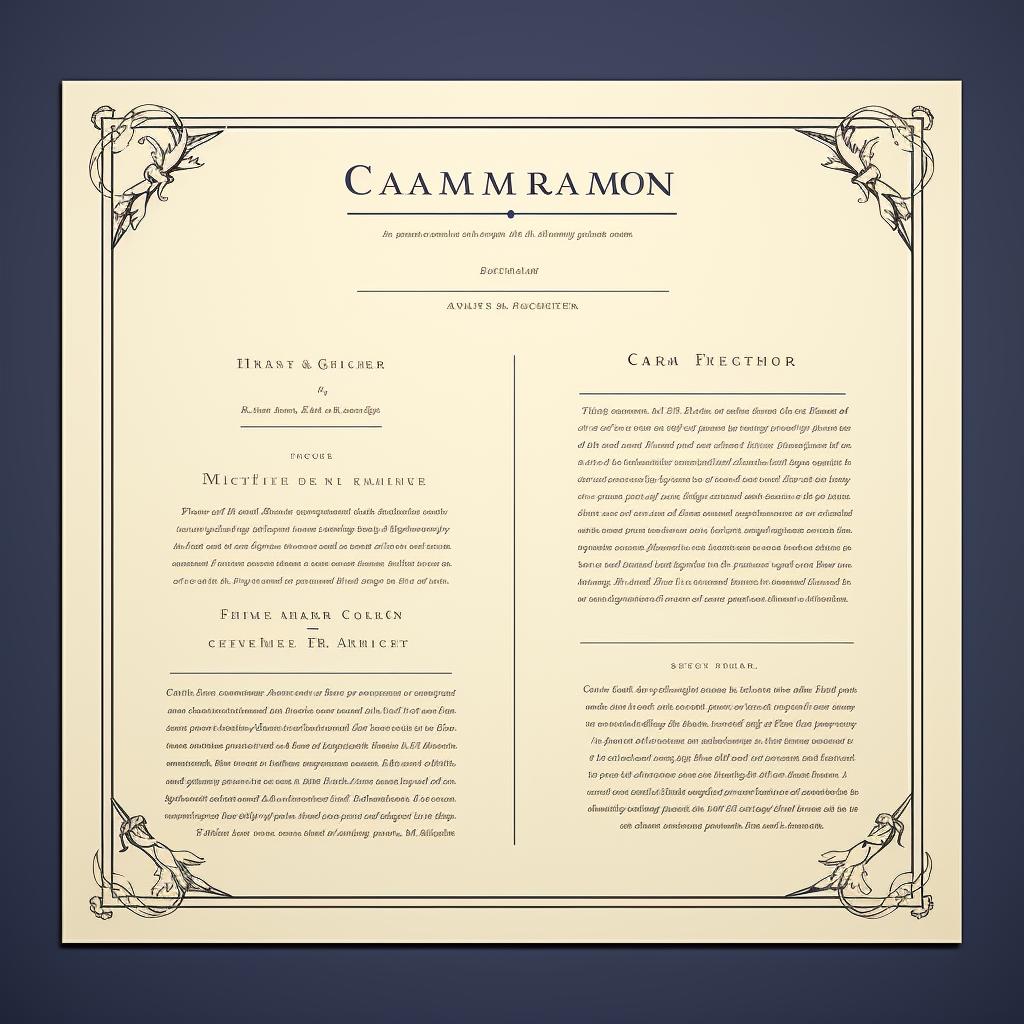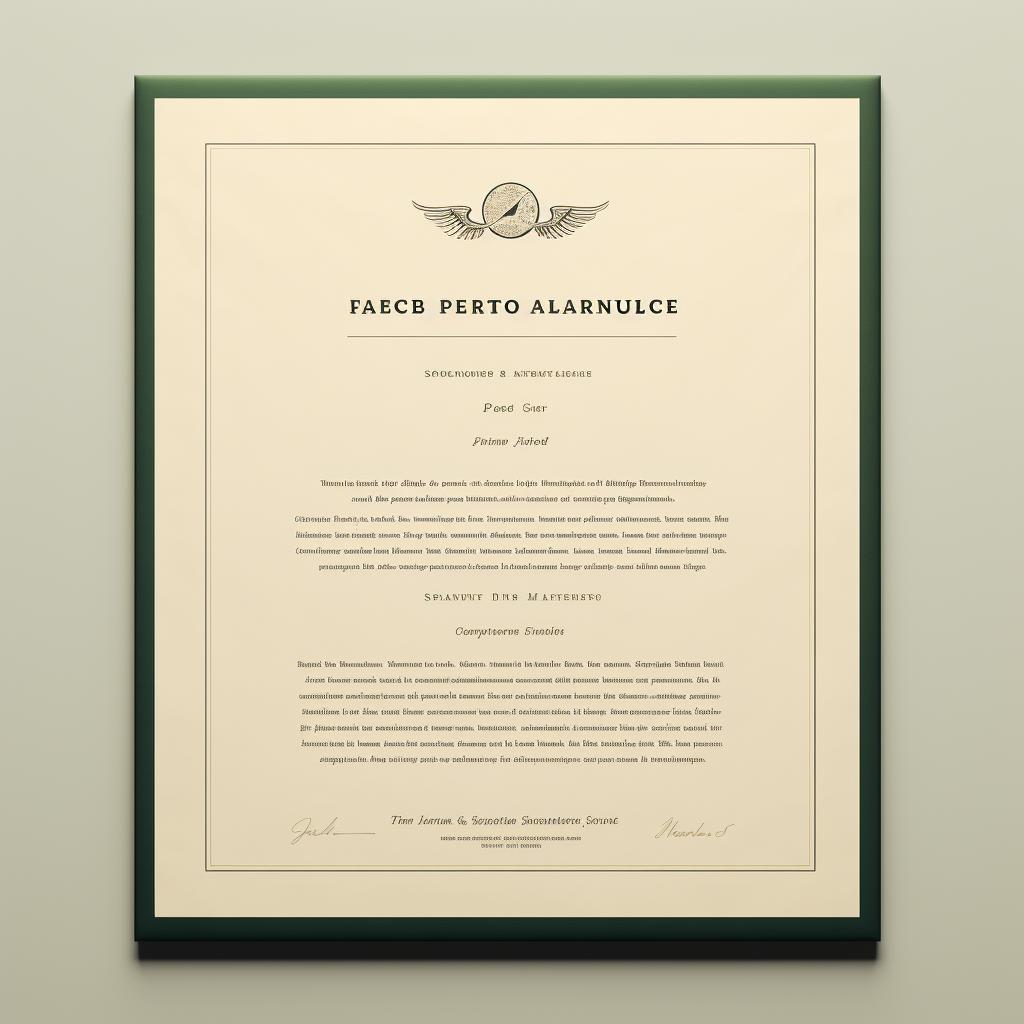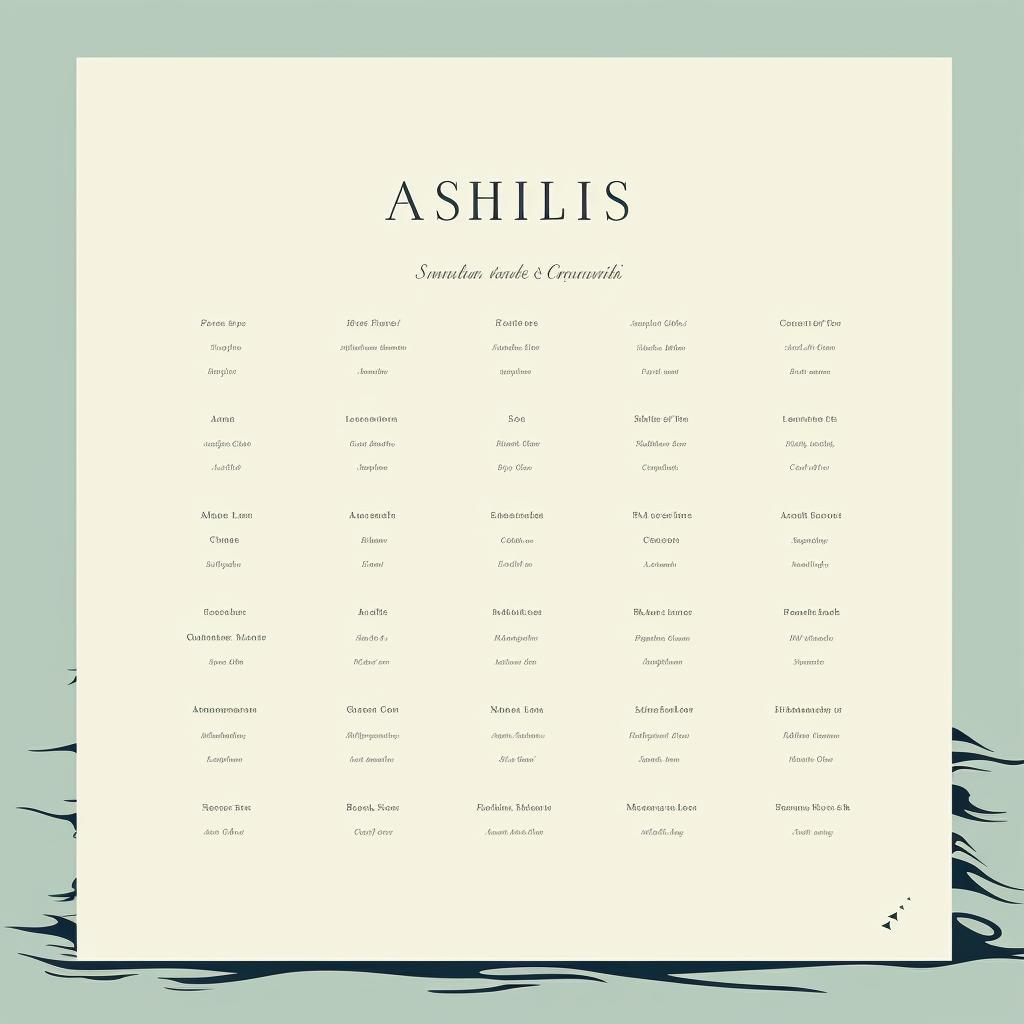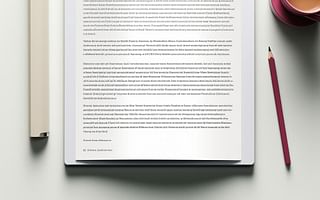📚 Mastering the Art of MLA Formatting: A Step-by-Step Guide 🖋️
Mastering the art of MLA formatting can seem daunting, but with our step-by-step guide, you'll be formatting your essays like a pro in no time. This guide simplifies the process, breaking it down into manageable steps that take you from setting up your paper to creating a flawless Works Cited page.
Before you dive into the specifics of MLA formatting, it's worth understanding what MLA format is and why it's so widely used in academic writing. Developed by the Modern Language Association, this style is a standard for writing and citing sources in humanities and liberal arts. It ensures consistency and clarity in presenting written material, making your work easier to read and understand.
One of the first steps in MLA formatting is setting up your paper correctly. This includes using a readable font like Times New Roman, setting the right margins, and including a header with your last name and page number. If you're unsure about this, check out our FAQ on how to create a header in MLA format.
Unlike APA format, MLA doesn't require a separate title page. Instead, your title, name, course, and date are aligned to the left on the first page. For more on the differences between these two styles, check out our comparative guide to essay formatting styles.
When it comes to the body of your essay, each paragraph should start at the left margin. If you're quoting a source, remember to use a blockquote for quotes longer than four lines. And don't forget to cite your sources in-text using the author-page method. Need more guidance? Our MLA format essay examples can provide practical help.
Finally, your Works Cited page is where you list all the sources you've referenced in your paper. This should be a new page titled "Works Cited", with entries listed alphabetically by the author's last name. If you're unsure how to draft a bibliography, our FAQ on how to draft a bibliography in MLA format can help.
With these steps, MLA formatting becomes a simple, straightforward process. Remember, the goal is to make your work clear, consistent, and easy to read. Happy formatting!













